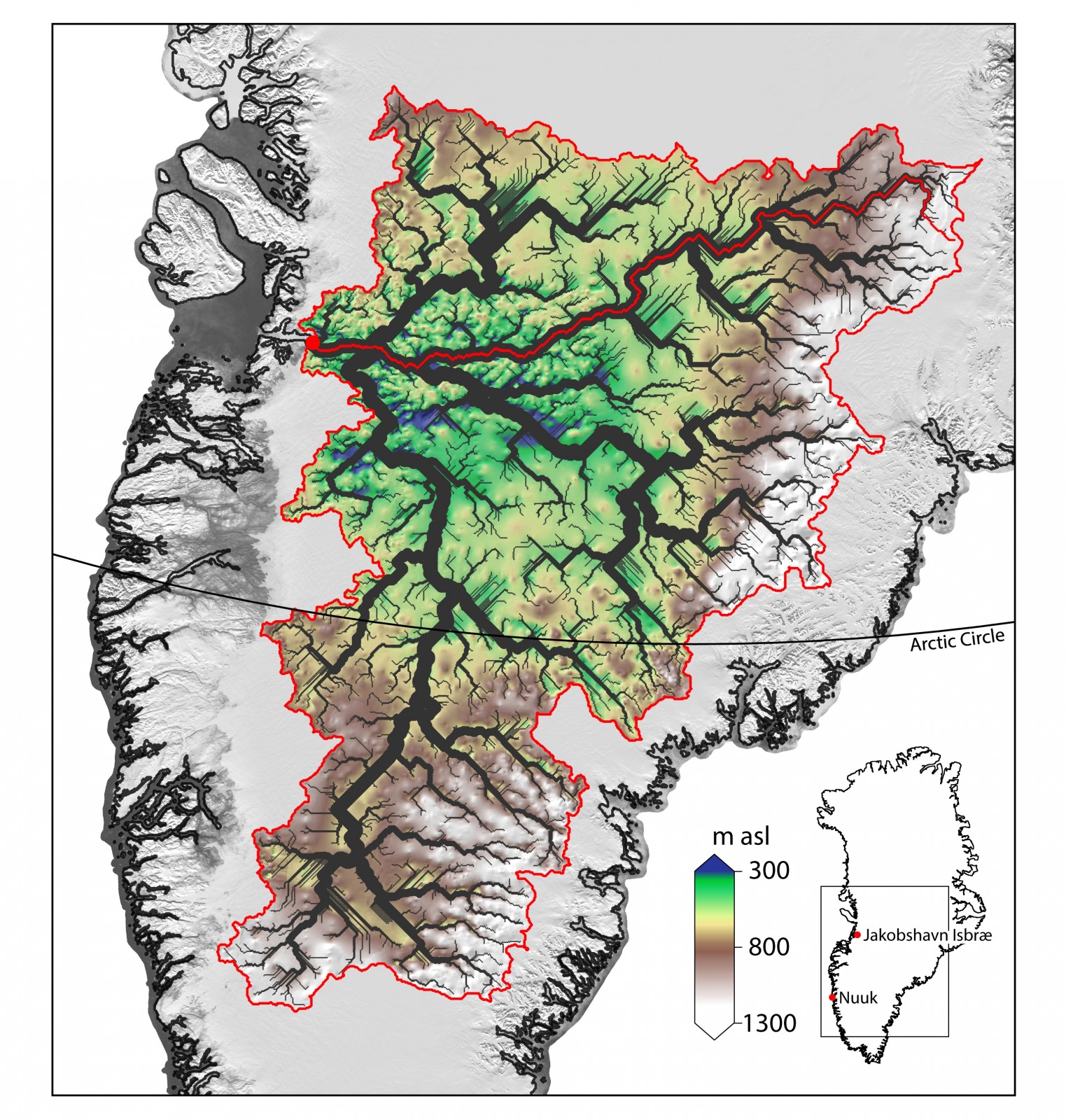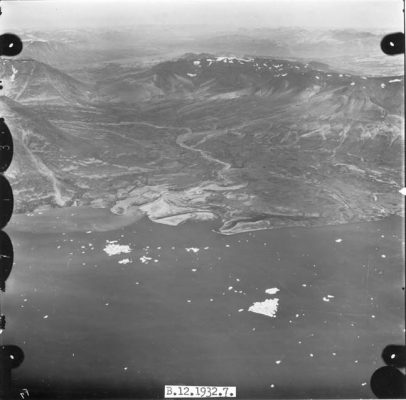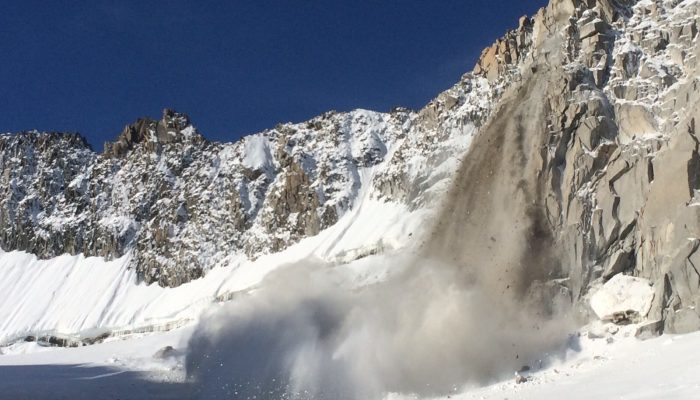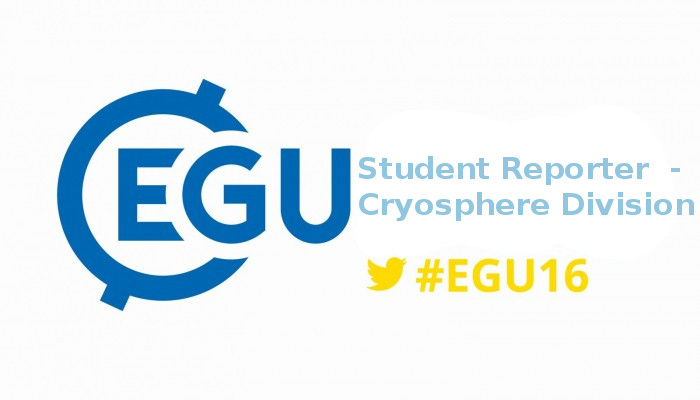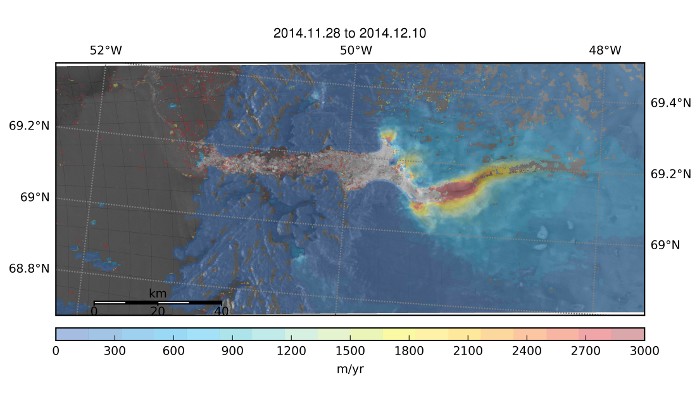The Royal Society Summer Science Exhibition (RSSSE) is a free public event 4-10th July 2016 in London. This is a yearly event that is made up of 22 exhibits, selected in a competitive process, featuring cutting edge science and research undertaken right now across the UK. The scientists will be on their stands ready to share discoveries, show you amazing technologies and with hands-on interactive ...[Read More]
Ice on fire at the Royal Society Summer Science Exhibition


